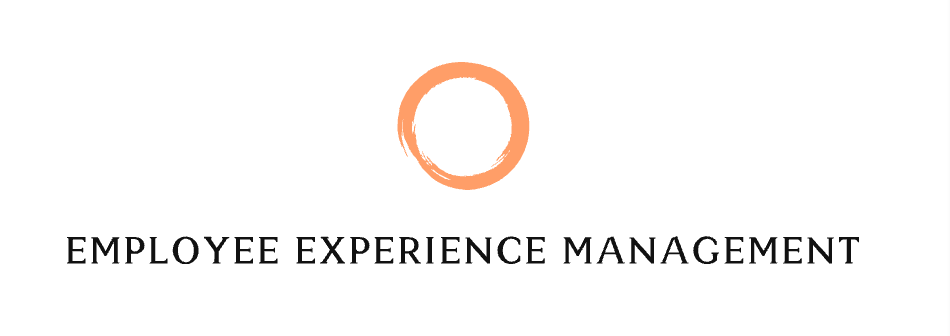A creative culture is essential for any organization that aims to innovate and stay competitive. It fosters an environment where original ideas are encouraged and explored. Building a great creative culture involves integrating creativity into your core values, supporting work-life balance, and celebrating diverse perspectives. By creating a space where employees feel empowered to experiment and contribute, your organization can unlock new levels of innovation and success.
What is a Creative Culture?
A creative culture is one where innovation, originality, and experimentation are integral to the organization’s daily operations. It’s an environment that encourages employees to think outside the box, take risks, and challenge conventional methods. In such a culture, creativity is not just an individual trait but a shared value across the organization, influencing how projects are approached and executed. This type of culture fosters an atmosphere where new ideas are welcomed, and employees feel empowered to contribute their unique perspectives.
Why is Company Culture Important?
Company culture is crucial because it directly affects employee engagement, productivity, and satisfaction. A positive culture aligns with the company’s mission and values, creating a sense of purpose and belonging among employees. It shapes how people interact, collaborate, and approach their work, influencing everything from morale to performance. A strong culture attracts and retains talent, drives organizational success, and enhances overall business performance. Conversely, a poor culture can lead to disengagement, high turnover, and a lack of innovation.
How Do You Create a Culture of Creativity and Innovation?
- Define a Core Value: Make creativity a fundamental part of your company’s core values. Clearly communicate that innovation is not only welcomed but is essential for the company’s growth. Ensure that this value is reflected in all aspects of the business, from hiring practices to performance reviews.
- Work Normal Hours: Encourage employees to maintain a healthy work-life balance by working reasonable hours. Excessive overtime can stifle creativity and lead to burnout. By respecting personal time, you help employees stay refreshed and inspired.
- Build a Diverse Team: Diversity brings together individuals with different backgrounds, experiences, and perspectives, which enhances creativity. A diverse team is more likely to generate a wide range of ideas and solutions, contributing to a richer, more innovative environment.
- Stop Micromanaging: Trust your employees to take ownership of their work. Micromanagement can hinder creativity by restricting employees’ ability to explore new ideas and approaches. Allow team members the freedom to experiment and make decisions independently.
- Give Credit Where Credit is Due: Recognize and reward the contributions of individuals and teams. Public acknowledgment of creative efforts boosts morale, encourages ongoing innovation, and reinforces the importance of creative contributions.
- Don’t Work with Assholes: Avoid individuals who create a toxic work environment. Negative attitudes and disruptive behavior can undermine creativity and collaboration. Focus on building a team with a positive, collaborative mindset.
- Celebrate Success: Regularly celebrate achievements and milestones, both big and small. Recognizing successes fosters a positive atmosphere and motivates employees to continue striving for excellence and innovation.
- Pay Your People Well: Offer competitive salaries and benefits to attract and retain top talent. Fair compensation demonstrates that you value employees’ contributions and can boost their motivation and satisfaction.
- Help Find the Sweet Spot: Assist employees in identifying their strengths and passions. Aligning their roles with their interests and skills can enhance their creative output and job satisfaction, leading to more effective and inspired work.
- Make Work Fun: Foster a playful and engaging work environment. Incorporate team-building activities, creative spaces, and a relaxed atmosphere to encourage creativity and camaraderie. Fun at work can boost morale and inspire new ideas.
What Companies With Great Creative Cultures Have in Common
Companies known for their great creative cultures often exhibit several common traits:
- Support for Innovation: They create environments where experimentation and novel ideas are encouraged and supported.
- Open Communication: They maintain transparent communication channels, allowing for the free flow of ideas and feedback.
- Employee Empowerment: They empower employees with the autonomy to make decisions and explore creative solutions.
- Recognition and Rewards: They regularly acknowledge and reward innovative contributions, reinforcing the value of creativity.
- Diverse and Inclusive Teams: They prioritize building diverse teams, recognizing that a range of perspectives fuels creativity and innovation.
Conclusion
Building a great creative culture requires a deliberate and consistent approach. By embedding creativity into core values, promoting work-life balance, fostering diversity, and recognizing achievements, organizations can create an environment where innovation flourishes. Companies that successfully cultivate such a culture enjoy enhanced creativity, higher employee engagement, and sustained success. Embracing these practices helps in nurturing a dynamic workplace that drives growth and keeps the organization at the forefront of industry advancements.
